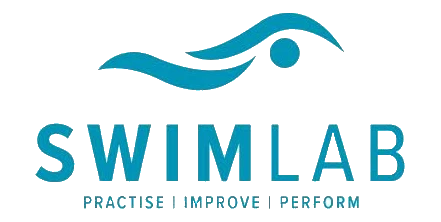Internal and external feedback cues for swimming progress
How do I know my swimming is improving?
Whilst coaching swimmers, I am often asked the question – how do I know I am improving when practicing?
As Total Immersion coaches, we encourage our swimmers to become aware of internal and external cues, for feedback. Initially, we encourage swimmers to tap into ‘internal’ cues for feedback, improving a swimmers ‘proprioception’. This is an awareness of the ability to sense feedback related to body position, movement, balance.
It soon becomes apparent to the swimmer, what the optimal movements are, that create balance, stability, streamlining and propulsion.
Hone your proprioceptive skills and ask yourself if a practice
- feels easier
- feels smoother
- feels more stable
- feels more powerful (easier to generate more power)
- I travel further will less effort
- I didn’t get out of breath
- I have no pain or feeling of restriction eg. in the neck, upper back and shoulder
As the swimmer progresses through the initial stages of imprinting new muscle memory, into a more autonomous phase with full stroke becoming well imprinted, fluid and consistent; a variety of external feedback cues are coached and added to the swimmers tool kit. External feedback cues involve measurement of a number of metrics.
- Distance swum without stopping increases
- Stroke length improves (counting strokes per length)
- Stroke length does not deteriorate over longer distances
- Stroke length does not deteriorate over small increase’s in tempo
- My time improves
- I can take less rest interval and maintain consistent spl and time for a given distance
Practice well, practice with purpose and pick up on your proprioception!


